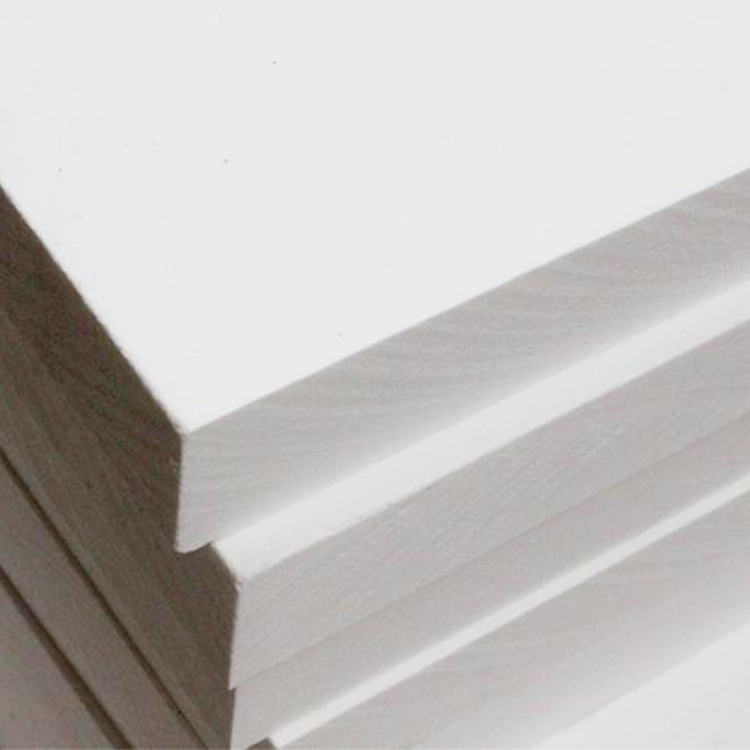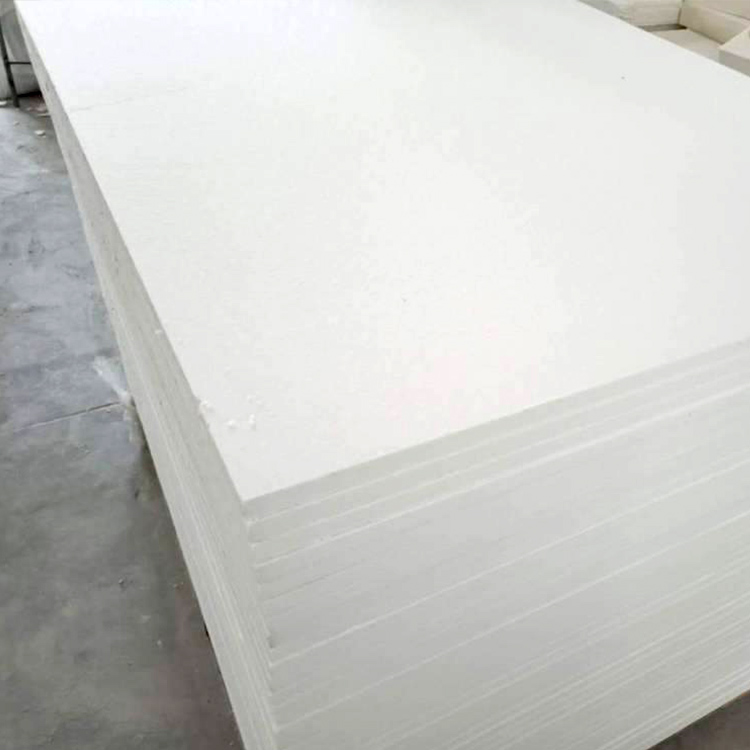
In steel manufacturing, the efficiency of ladle baking directly impacts production throughput and steel quality. Slow temperature rise and uneven heat distribution during ladle baking commonly cause prolonged downtime and unstable steel temperatures, resulting in costly inefficiencies. This article explores how optimizing the insulation layer structure combined with advanced refractory materials such as Sunrise Vermiculite Ladle Insulation Boards containing alumina can significantly improve baking uniformity and speed.
Industrial feedback reveals that conventional ladle baking suffers from:
These factors directly influence steel pouring consistency and production cycle times. Addressing them requires a holistic redesign of insulation structures and baking processes.
The core principle of improved insulation is applying a layered approach, where each layer balances thermal resistance and mechanical stability. Notably, the third insulation layer holds critical importance in thermally shielding the ladle shell while allowing efficient heat transfer to the steel.
By integrating high-performance boards in this layer, companies can reduce external shell temperatures by up to 50°C, significantly reducing bake-out duration. Additionally, cutting insulation thickness by approximately 10-18 mm improves thermal conduction efficiency without compromising thermal protection.

Traditional refractory insulation boards often face degradation and reduced performance under cycling high temperatures. Sunrise Vermiculite Ladle Insulation Boards, containing enhanced alumina content, demonstrate:
These material improvements contribute to stable ladle shell temperatures and consistent steel heat profiles, which promote faster reheating cycles.
Implementing the following process controls can further enhance baking outcomes:
| Parameter | Recommended Range | Benefits |
|---|---|---|
| Baking Temperature | 1150°C - 1250°C | Optimal steel temperature stability |
| Heating Ramp Rate | 20-30°C/hour | Minimized thermal stresses |
| Bake Duration | 4-6 hours (variable by ladle size) | Balanced fuel consumption and steel readiness |
| Thermal Distribution Monitoring | Real-time infrared thermography | Ensures uniform heating and early anomaly detection |
Field trials at multiple steel plants implementing layered insulation and alumina-enhanced Sunrise Vermiculite boards reported:
These quantifiable improvements translate directly into higher throughput, lower operational expense, and reduced CO₂ emissions.
A leading steel manufacturer upgraded their ladle insulation layers by replacing conventional materials with Sunrise Vermiculite boards. The before-and-after analysis revealed:

Pro Tip: Consistent monitoring and incremental adjustments to bake parameters, combined with optimized insulation, can unlock sustained operational excellence—don’t underestimate the power of data-driven process control.
Want to improve your ladle baking process? Leave a comment to exchange ideas!


